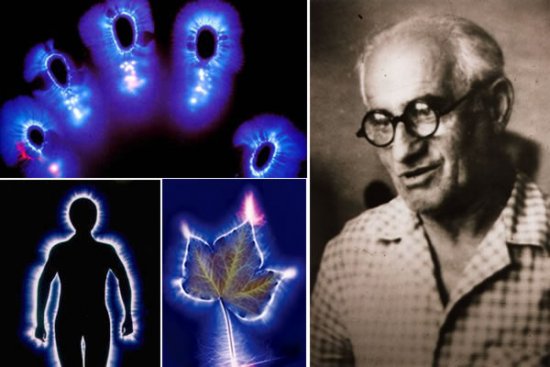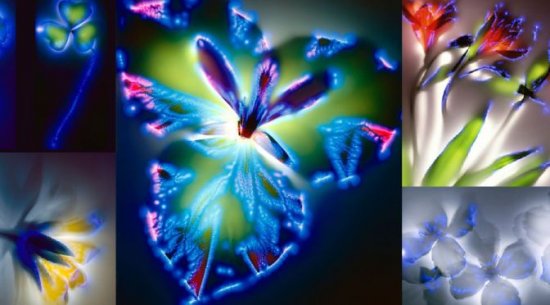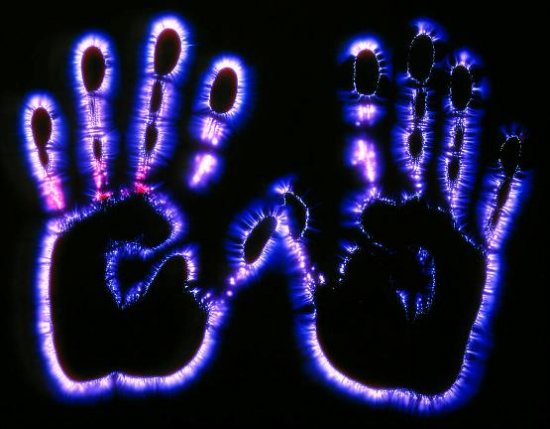Kirlian effect — history of discovery, photography, use of the effect
The Kirlian effect is defined as definite a type of electrical discharge in a gasobserved under conditions when the object of study is exposed to an alternating electric field of high frequency, while the potential difference between the object and the second electrode reaches several tens of thousands of volts. The frequency of fluctuations in the field strength can vary from 10 to 100 kHz and be even higher.
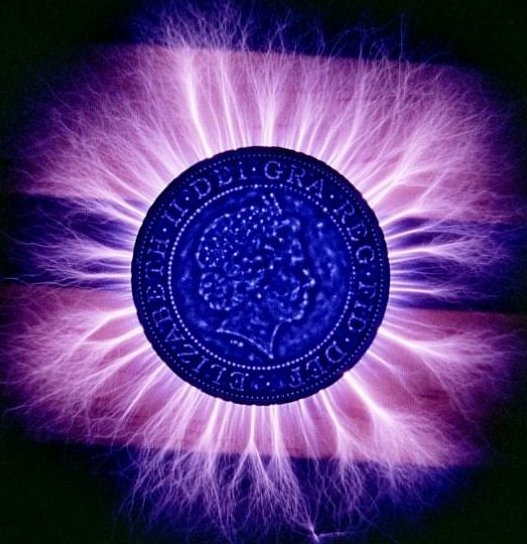
In 1939, a physiotherapist in Krasnodar Semyon Davidovich Kirlian (1898 — 1978) paid very close attention to this phenomenon. He even proposed a new way of photographing objects in this way.
And although the effect was named in honor of the scientist and was even patented by him in 1949 as a new method of obtaining photographs, long before Kirlian observed, described and demonstratively demonstrated more Nikola Tesla (in particular, during a public lecture given by him on May 20, 1891), although Tesla did not take photographs using such discharges.
Initially, the Kirlian effect owes its visual manifestation to three processes: ionization of gas molecules, the appearance of a barrier discharge, as well as the phenomenon of transition of electrons between energy levels.
Living organisms and inanimate objects can act as objects on which the Kirlian effect can be observed, but the main condition is the presence of an electric field of high voltage and high frequency.
In practice, a picture based on the Kirlian effect shows a picture of the distribution of the electric field strength in the space (in the air gap) between the object to which a large potential is applied and the receiving medium to which the object is directed. The exposure of the photographic emulsion is brought about by the action of this discharge. The electrical image is strongly influenced by the conductive properties of the object.
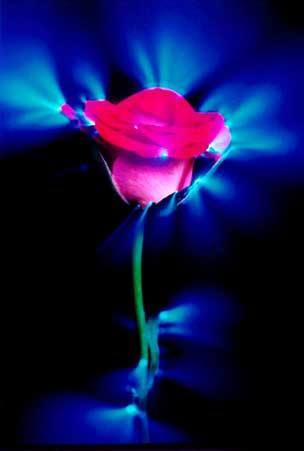
The image is formed by the discharge depending on the distribution model of the dielectric constant and the electrical conductivity of the objects and the environment involved in the process, as well as the humidity and temperature of the surrounding air and many other parameters that are not easy to determine take into account fully under the conditions of the classroom experiment.
In fact, even for biological objects, the Kirlian effect manifests itself not in connection with the internal electrophysiological processes of the organism, but in significant connection with external conditions.
"Electrography", as a Belarusian scientist called it in 1891. Yakov Ottonovych Narkevich-Yodko (1848-1905), although it had been observed earlier, it was not so widely known for 40 years until Kirlian began to study it closely.
The same Nikola Tesla (1956-1943) in experiments with the Tesla transformer, originally intended for the transmission of messages, very often and very vividly observed a discharge called the "Kirlian effect".
He even demonstrated in his lectures the glow of this nature both on objects, such as pieces of wire connected to the "Tesla coil", and on his own body, and called this effect simply "the effect of electric currents of high tension and high tension". frequency." As for the photos, Tesla himself did not expose photographic plates with streamers, the discharges were captured in the usual way with a camera.
Interested in the effect, Semyon Davydovich Kirlian improved Tesla's resonance transformer, modifying it specifically to obtain "high-frequency photography", and in 1949 he even received an author's certificate for this method of photography. Yakov Ottonovych Narkevich-Yodko is legally considered to be the discoverer. But since it was Kirlian who perfected this technology, electric pictures are now called Kirlian everywhere.
The Kirlian apparatus in its canonical form has a flat high-voltage electrode to which high-voltage pulses are applied at a high frequency. Their amplitude reaches 20 kV. A photographic film is placed on top, on which, for example, a human finger is applied. When a high-frequency high voltage is applied, a corona discharge occurs around the object, which illuminates the film.
Today, the Kirlian effect is used to detect defects in metal objects as well as for rapid geological analysis of ore samples.

